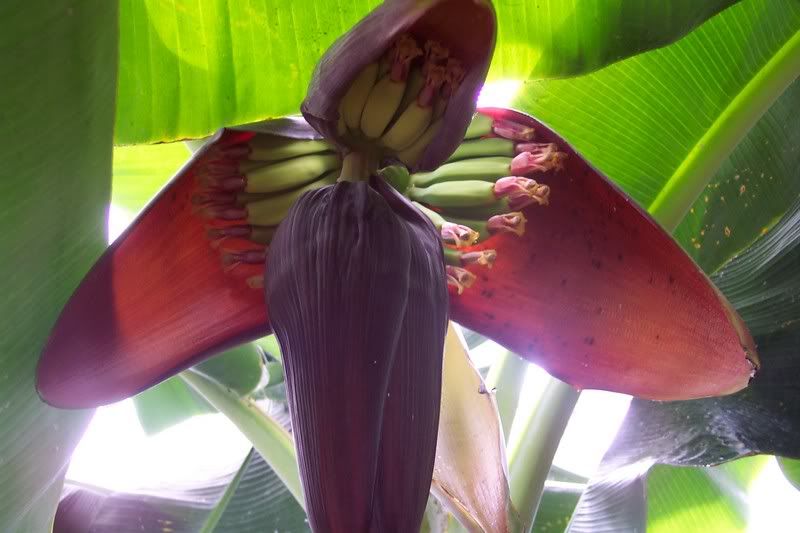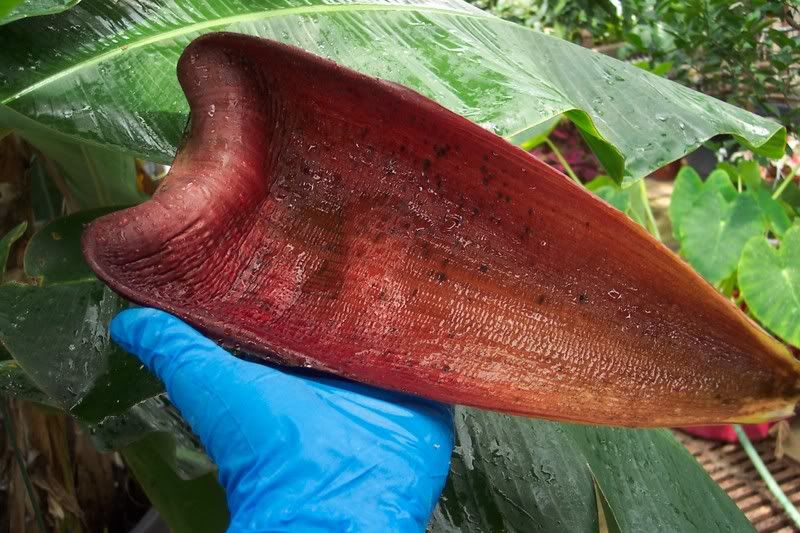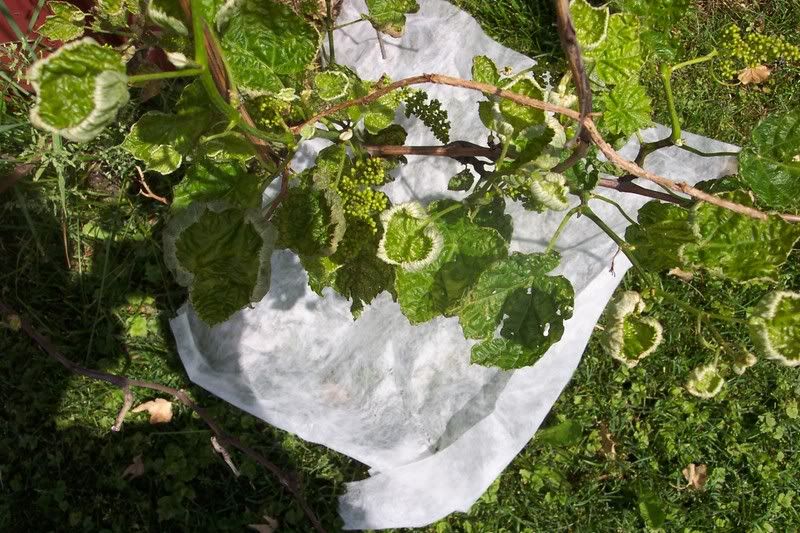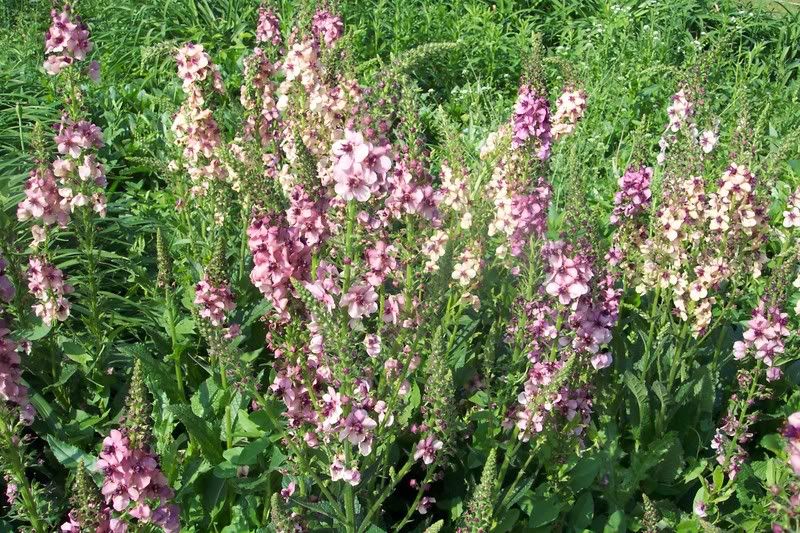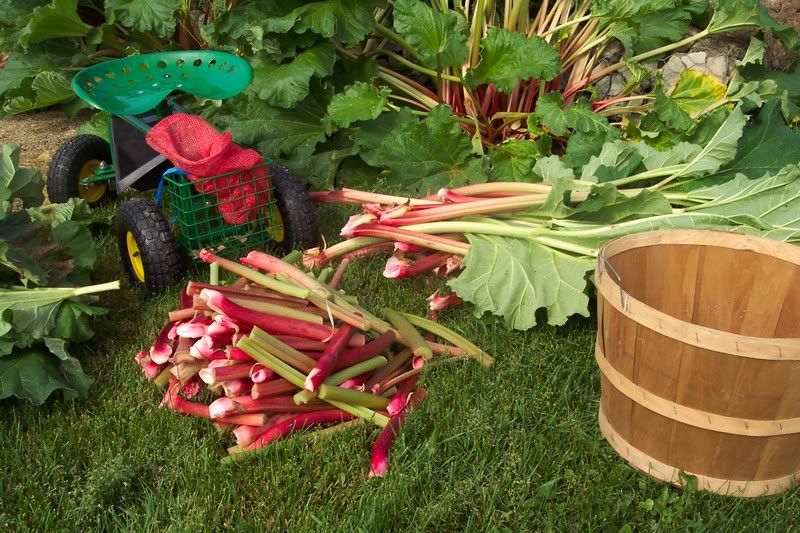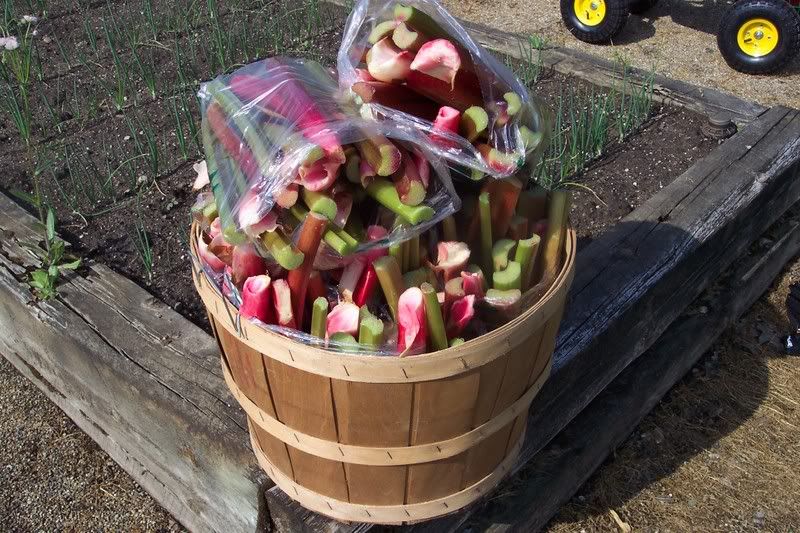I have no statistics on this, but I believe that tomatoes are grown in more gardens than any other vegetable. As a result, a lot of tomato tricks and technology have been developed over the years.
One such technology is plastic “mulch”. For the past seven years we have been using three different plastic mulches. These lightweight plastic sheets differ only in color as far as I can tell:
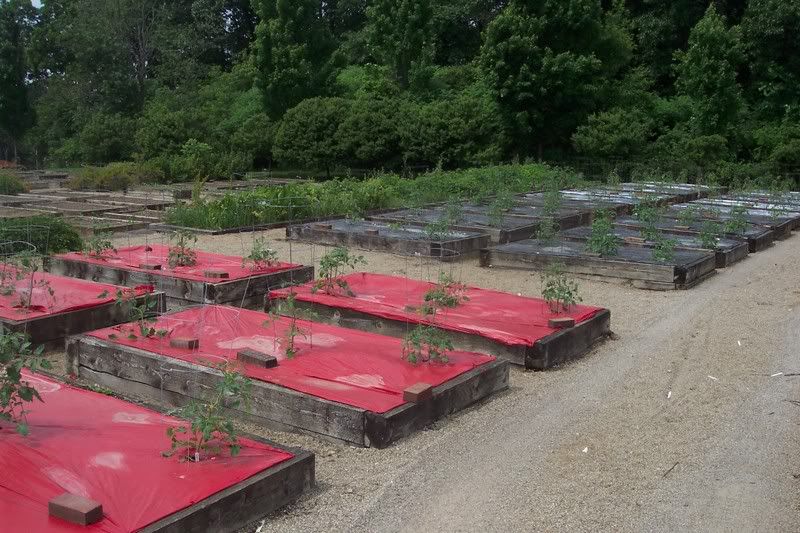
The red colored plastic has been researched by Agricultural Universities. It has been proven scientifically that the red light that is reflected by the plastic stimulates the tomato plants to produce more tomatoes.
We really don’t run any kind of formal experiments here and just by “eyeballing” our harvest, we haven’t noticed any appreciable difference in yield from year to year with the plastics. However, if one were to measure the increase over many acres, I’m sure the difference would become apparent.
The silver plastic film has also been extensively researched. It works by reflecting light upward and confusing insects. The bugs become disoriented and can’t find your tomatoes.
The brown colored mulch, as far as I can tell, works only by smothering weeds. Actually, all three of these mulches have the ability to suppress weeds. In our tomato beds, we do very little in the way of weeding.
I’m sure you noticed in the photo that we use tomato cages along with our plastic bed covering. This technology has been used for tomatoes in one form or another for decades. The cages are useful in helping keep the plants up off of the ground. This makes for fewer disease problems and easier picking.
We started out years ago putting six tomato plants per bed. By using the cages, they all fit. The problem was that the plants always grew so large that they crowded each other. As a result, diseases and other pests seemed to spread quickly. It was hard to pick tomatoes when they were that close together too.
There is an old British gardener’s saying that goes something like, “Air and light makes tomatoes right”. So, this year, we finally decided to heed that saying and separate our tomato plants to give them more space. Only three plants per bed were planted this year.
I have a feeling our harvest will be nearly as large with only half the plants being used. The quality should improve as well.
Tomato technology and tradition marches on!
Bob
